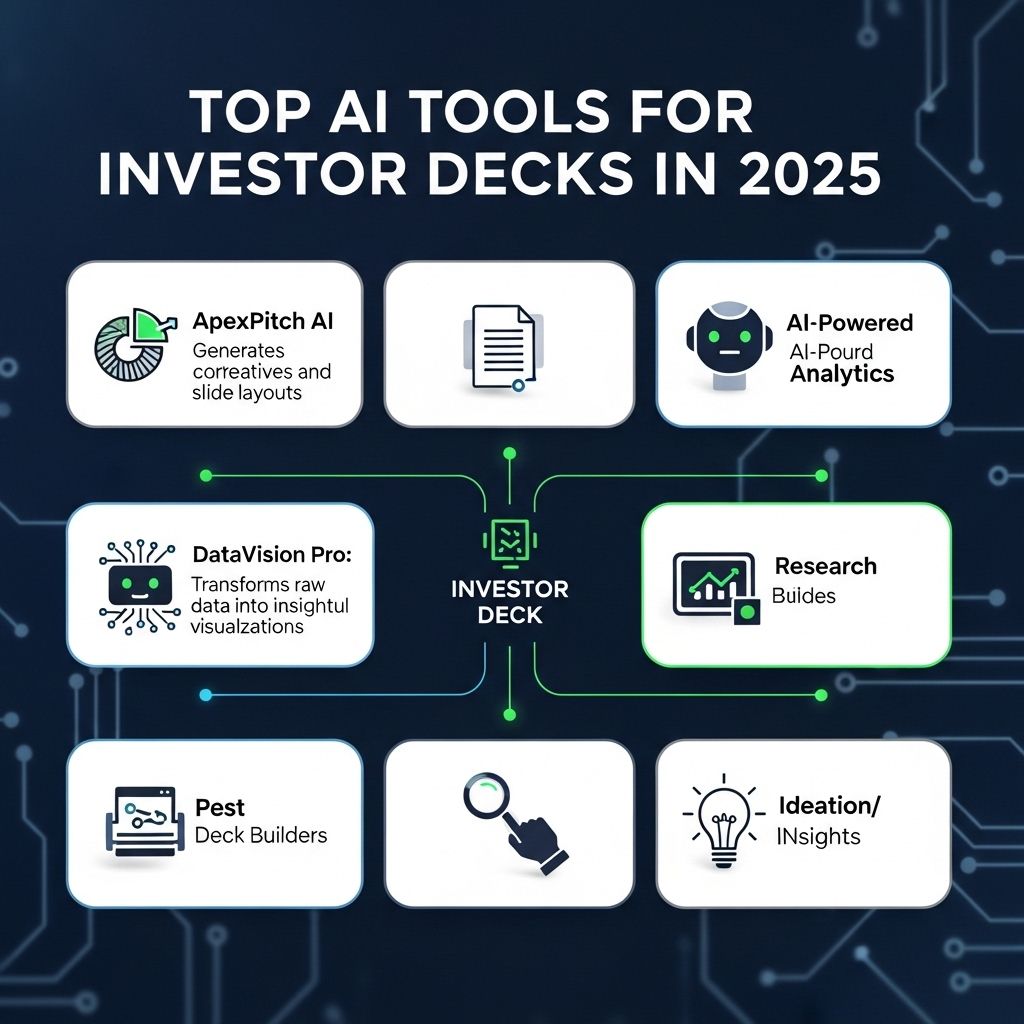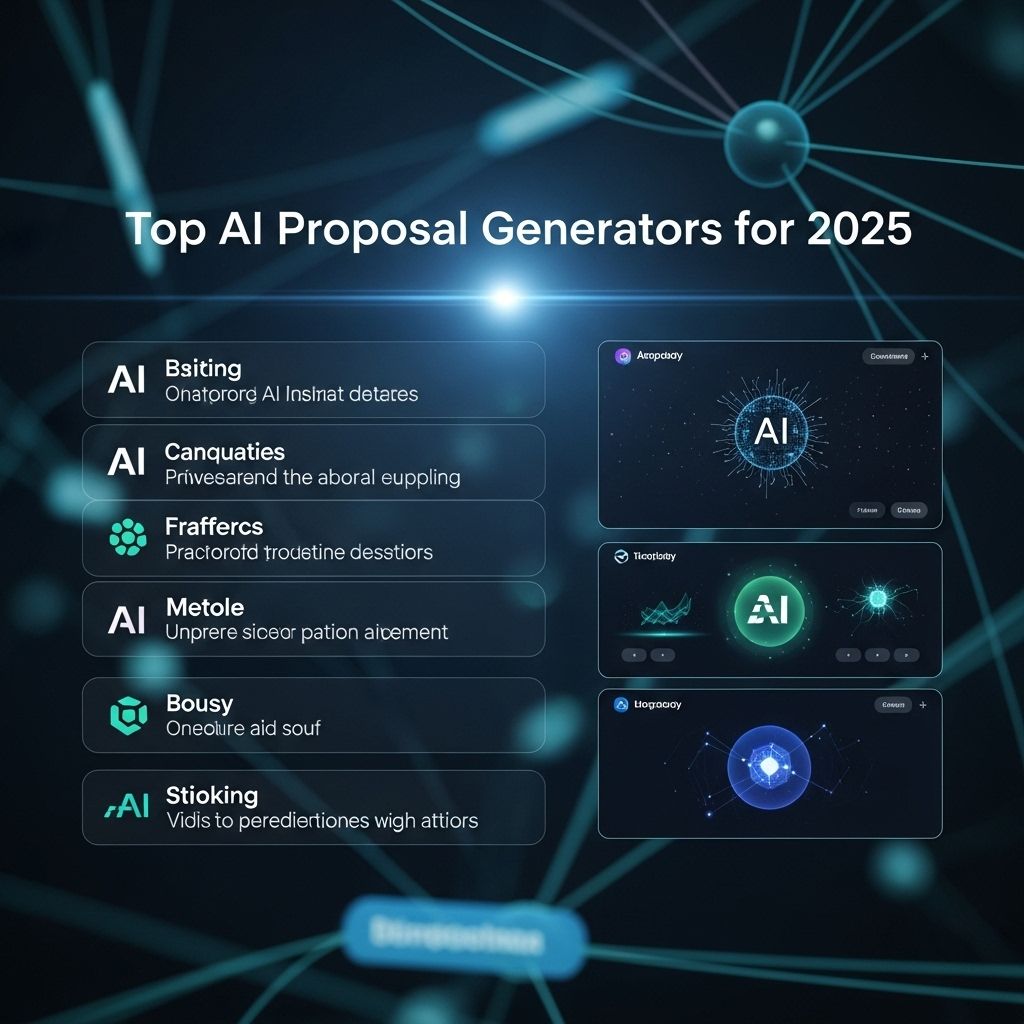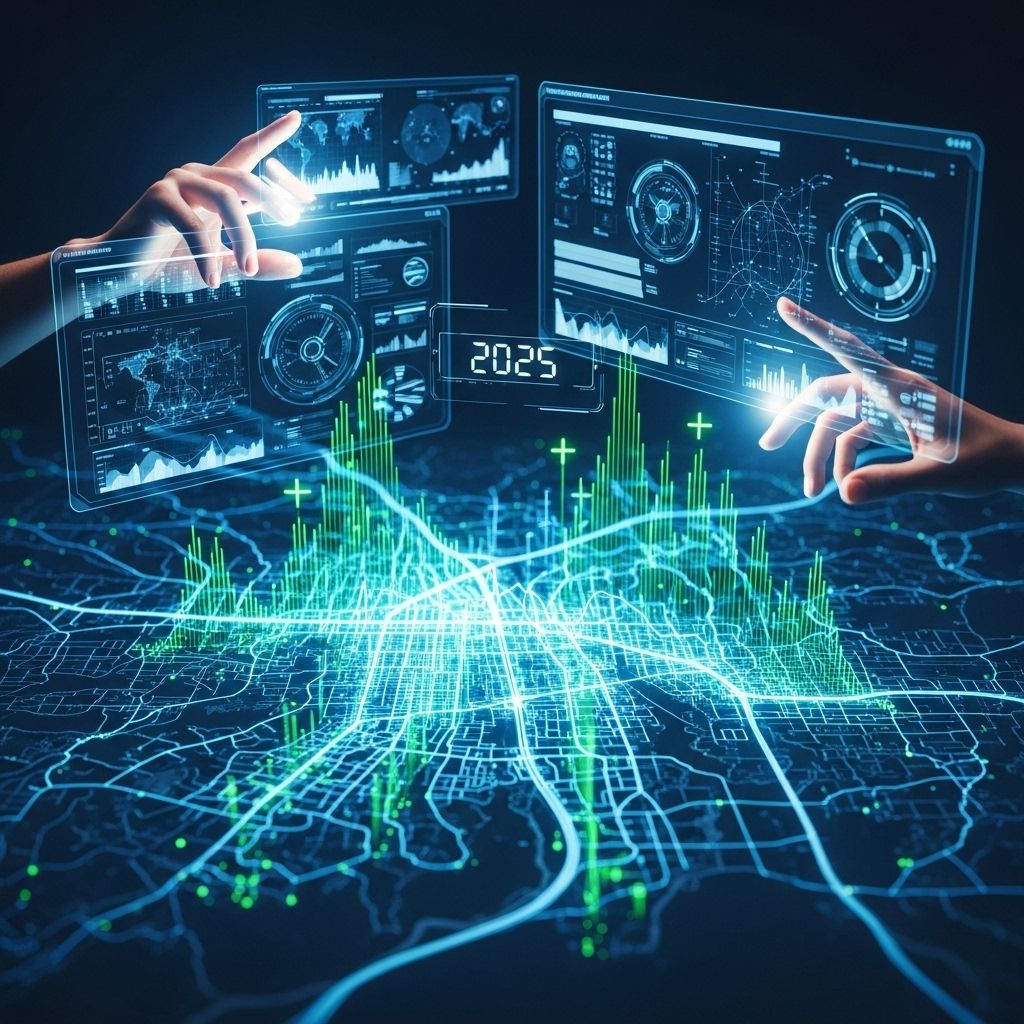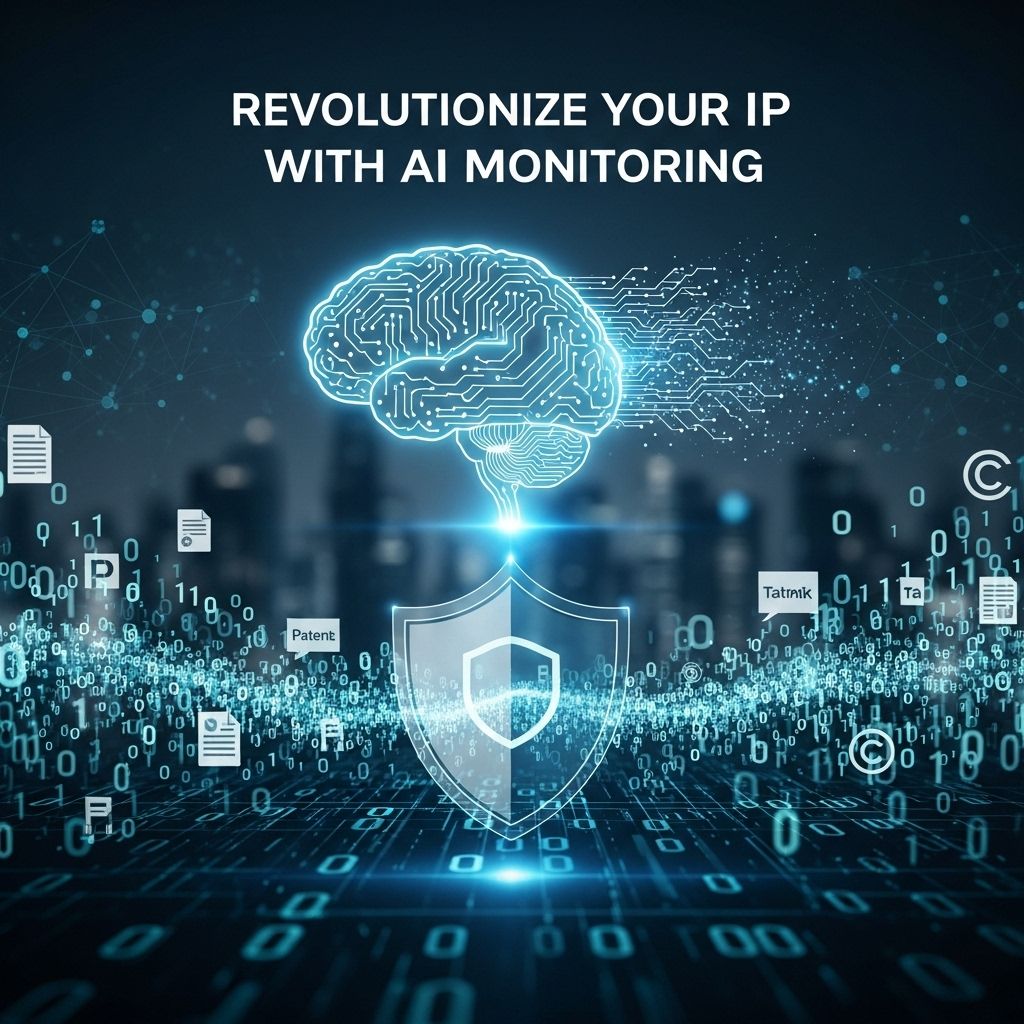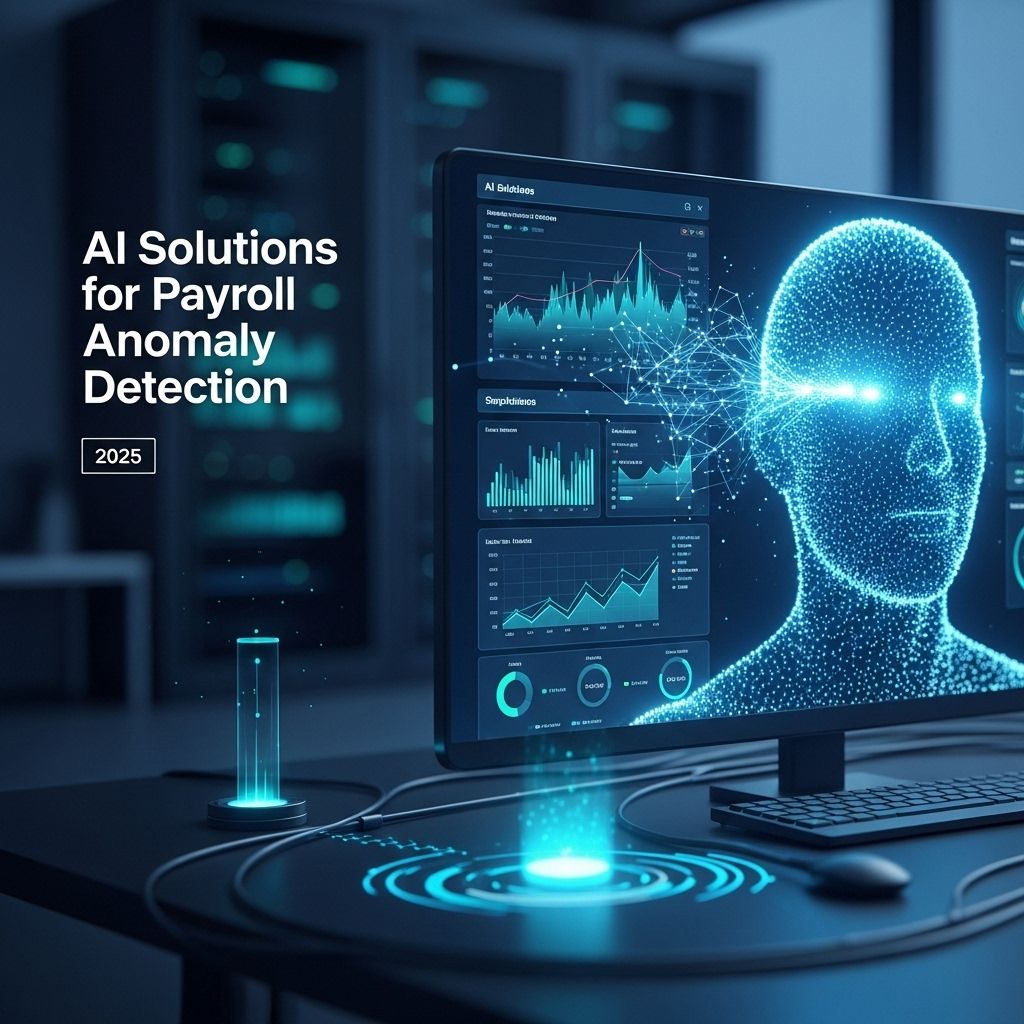Revolutionizing Redlining: Top AI Tools for 2025
Discover the top AI tools of 2025 that are set to revolutionize redlining and transform urban planning for a better future.
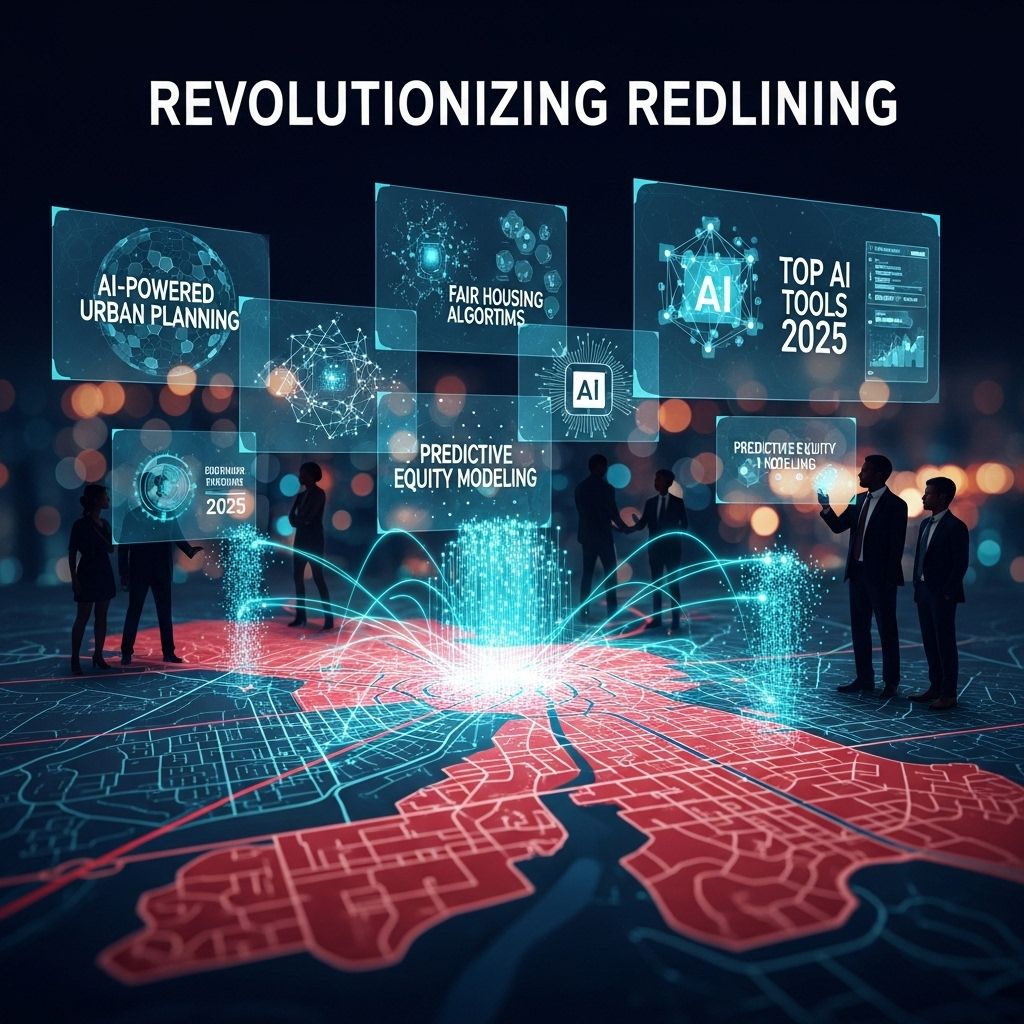
As we march towards a more data-driven future, the issue of redlining continues to haunt urban planning and housing markets across the globe. Redlining, the discriminatory practice of denying services or opportunities to residents of certain areas based on their race or ethnicity, has far-reaching implications for communities. However, the advent of advanced technologies, particularly artificial intelligence (AI), is paving the way for innovative solutions to combat these historic injustices. In this article, we will explore some of the top AI tools projected to revolutionize the fight against redlining by 2025.
Table of Contents
Understanding Redlining and Its Impact
Before delving into the AI tools at our disposal, it’s crucial to understand redlining’s historical context and implications. This practice emerged in the 1930s when the Federal Housing Administration (FHA) issued maps that outlined ‘risk’ levels for mortgage lending, often using racial and ethnic demographics as the primary criteria. The consequences of redlining include:
- Disinvestment in communities of color
- Lack of access to quality education and healthcare
- Increased poverty and crime rates
- Lower property values
A New Era of Mapping: AI and Geospatial Analysis
One of the most promising applications of AI in combating redlining is through geospatial analysis. By leveraging vast datasets, AI tools can create detailed maps that highlight areas impacted by redlining and identify potential housing opportunities. Here are some notable tools:
1. GIS Mapping Software
Geographic Information Systems (GIS) have been around for years, but the incorporation of AI has enhanced their capabilities significantly. Some of the functionalities include:
| Feature | Description |
|---|---|
| Data Visualization | Creating interactive and easy-to-understand maps that showcase patterns of inequality. |
| Predictive Analytics | Using historical data to forecast future trends in housing and demographic changes. |
| Community Engagement | Involving residents in data collection and analysis to ensure their voices are heard. |
2. Machine Learning Algorithms
Machine learning algorithms can analyze complex datasets to uncover patterns that may not be immediately visible. They can be used to:
- Identify neighborhoods at risk of gentrification.
- Assess the impact of policy changes on housing availability.
- Enhance outreach strategies to ensure equitable access to housing resources.
Automating Administrative Processes
Administrative tasks often hinder the effectiveness of initiatives aimed at mitigating redlining. AI tools can streamline these processes, making it easier for organizations to focus on their core missions:
1. AI Chatbots for Community Engagement
Chatbots can serve as a communication bridge between organizations and community members, providing instant answers to housing-related inquiries. This helps in:
- Providing information on housing rights and resources.
- Facilitating connections between residents and local organizations.
- Gathering feedback on community needs.
2. Document Automation Tools
Automated document generation tools can assist organizations in creating compliance documents, reports, and outreach materials efficiently. Features include:
| Tool | Benefits |
|---|---|
| Template Libraries | Having pre-designed templates for various documents minimizes errors and saves time. |
| Data Integration | Automating data entry reduces the likelihood of inaccuracies and speeds up processes. |
Enhancing Predictive Modeling for Better Decision Making
Predictive modeling can guide policymakers and housing advocates in making informed decisions. AI-powered tools can analyze trends and provide insights that drive equitable development:
1. Housing Demand Forecasting Tools
These tools leverage historical data, economic indicators, and demographic shifts to forecast future housing demand. Key advantages include:
- Identifying potential housing shortages before they occur.
- Guiding investment in affordable housing projects.
- Assisting local governments in zoning decisions.
2. Risk Assessment Models
AI can evaluate risk factors associated with housing investments, helping investors and developers understand potential pitfalls. Factors considered include:
- Socioeconomic trends
- Environmental considerations
- Local market dynamics
Empowering Community Voices Through AI
To ensure that technology serves the community, it is critical to empower residents and stakeholders through inclusive AI solutions:
1. Participatory AI Platforms
These platforms allow community members to contribute data and insights, ensuring that their needs are accurately represented. Benefits include:
- Fostering ownership and trust within the community.
- Providing valuable local knowledge that can enhance decision-making.
- Facilitating partnerships between community organizations and tech developers.
2. Education and Training Programs
Access to technology and AI education is vital for empowering communities. Training programs can teach residents how to:
- Utilize data for advocacy.
- Engage with local government on housing issues.
- Understand their rights and available resources.
The Road Ahead: Challenges and Opportunities
While the potential of AI tools in addressing redlining is immense, there are challenges that must be overcome:
1. Data Privacy and Ethics
The use of AI raises concerns regarding data privacy. Ensuring that AI systems are designed ethically and that individuals’ data is protected is paramount. Best practices include:
- Transparency in data usage
- Informed consent from participants
- Regular audits of AI systems
2. Bridging the Digital Divide
Achieving equity in access to technology is essential. Strategies to bridge the digital divide include:
- Increasing broadband access in underserved communities.
- Providing affordable devices and software.
- Implementing community training programs to enhance digital literacy.
Conclusion
The intersection of AI and urban planning presents a unique opportunity to tackle historical injustices like redlining. By leveraging advanced AI tools and fostering community engagement, we can work towards a more equitable future in housing. As we look to 2025, the commitment to integrating technology with social justice initiatives will be crucial in reshaping our cities and ensuring that all residents have access to safe and affordable housing.
FAQ
What is redlining and how does it affect communities?
Redlining is the practice of denying services, typically financial, to residents of certain areas based on racial or ethnic composition. It can lead to long-term economic disadvantages and disparities in access to housing, education, and healthcare.
How can AI tools help address redlining issues?
AI tools can analyze historical data to identify patterns of discrimination, predict future trends, and provide insights for policymakers to create equitable housing strategies. They can also enhance community engagement by providing transparent data visualization.
What are some examples of AI tools that focus on redlining?
Examples include data analytics platforms that visualize housing trends, machine learning algorithms that assess risk in lending based on equitable criteria, and community engagement tools that facilitate discussions around housing policies.
What role does machine learning play in combating redlining?
Machine learning can identify biases in lending practices and housing policies by analyzing vast datasets. It helps in creating more inclusive models that promote fairness and equity in housing access.
How will the landscape of housing equity change by 2025 with AI?
By 2025, AI is expected to play a significant role in promoting housing equity by providing data-driven insights, improving access to financing for marginalized communities, and fostering transparency in real estate markets.
Are there any ethical concerns associated with using AI in housing?
Yes, ethical concerns include the potential for AI to perpetuate existing biases if not designed carefully. Ensuring transparency, accountability, and community involvement in AI development is essential to mitigate these risks.


